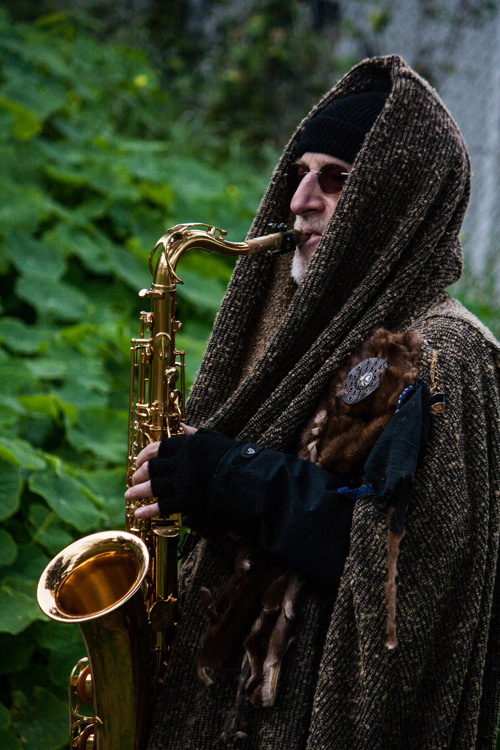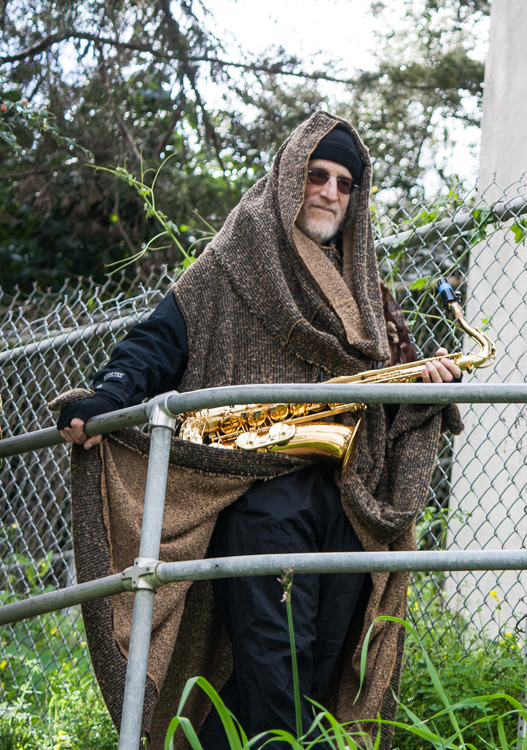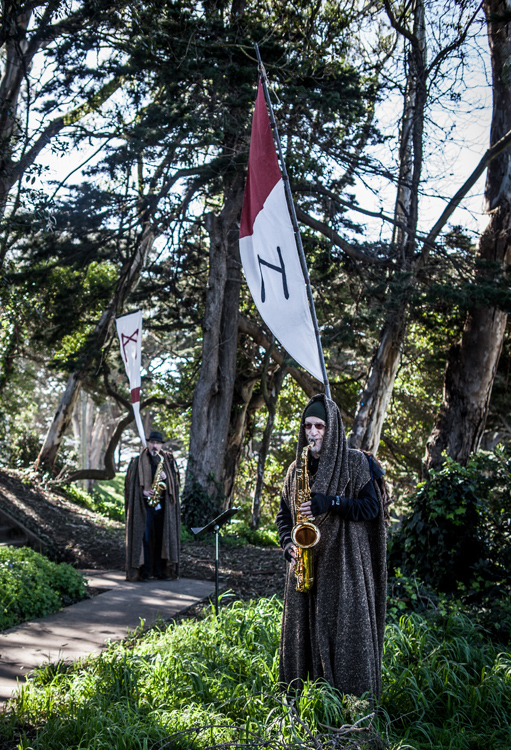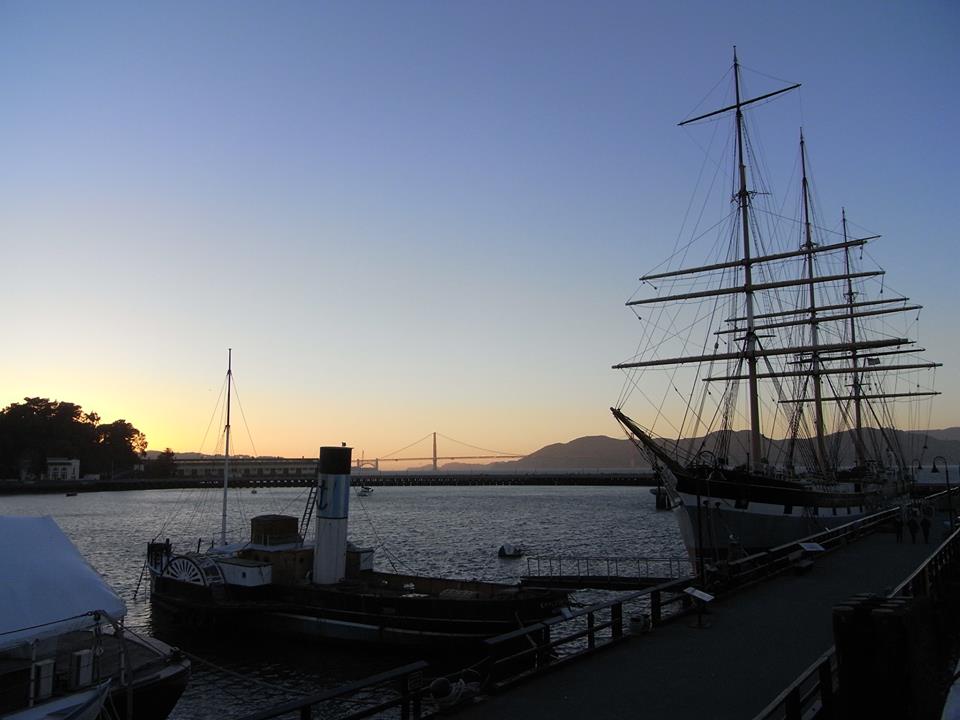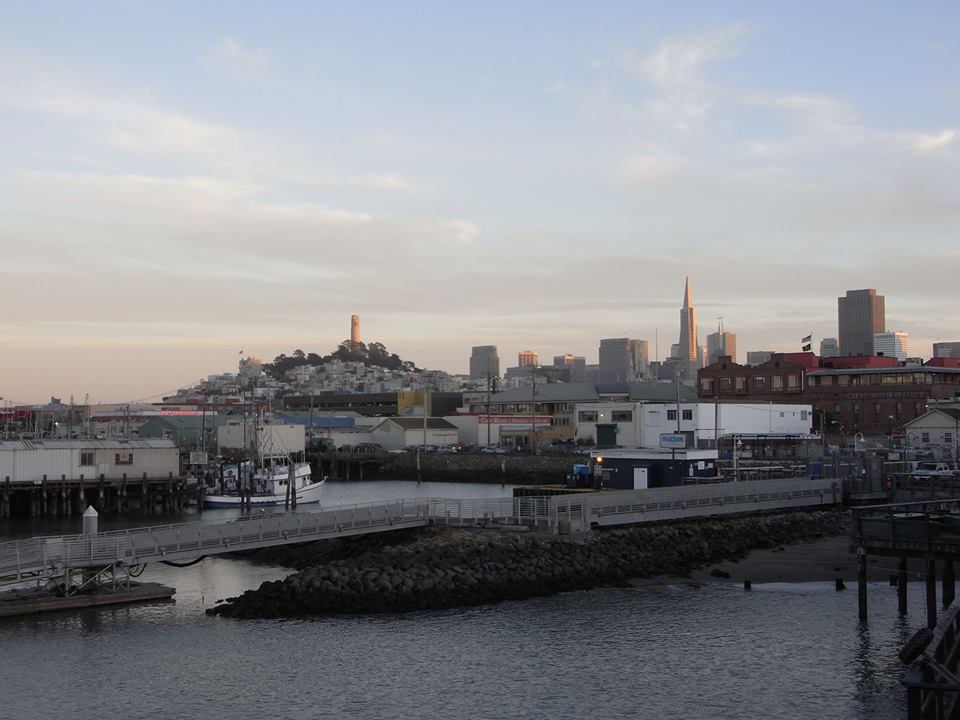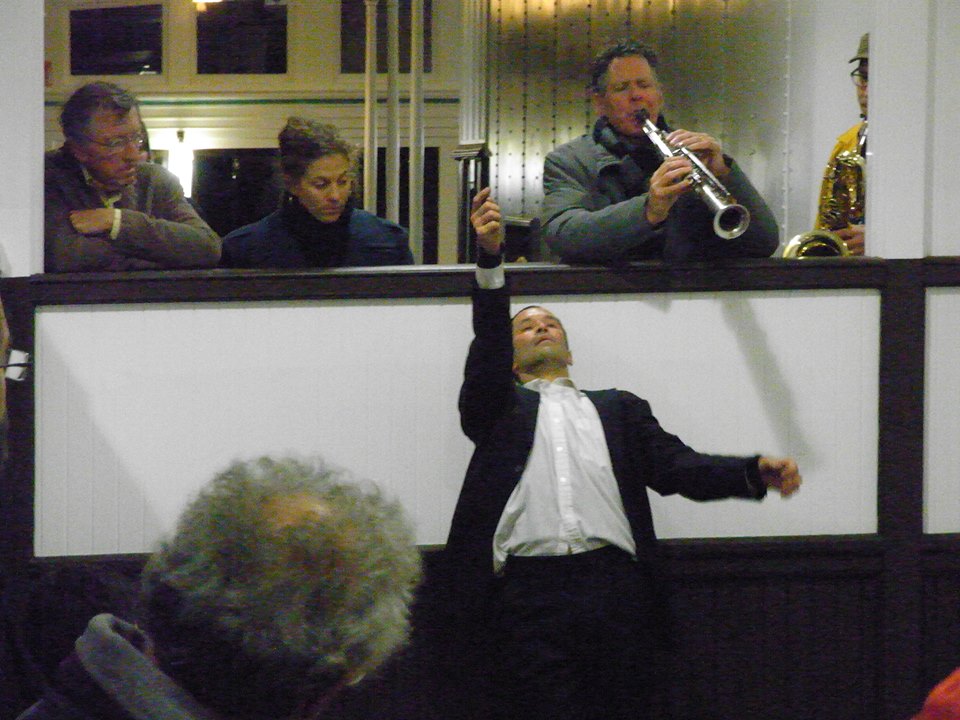Day 2 at the secret cave
First thing to say is that everything about the entry back into the cave was for me a lot easier on Day 2. Distances down seemed shorter; footholds seemed easier to find; the detour to chamber 1 didn't happen again, leading to a much shorter trip into the recording space aka chamber 2. Cleaver in fact thought that we had only just entered chamber 1 and wondered aloud why the engineer had set up in room 1. He then was sure that they were kidding him after the engineer answered that in fact he and I were in room 2. So partly we were better acclimated. But we were definitely not completely acclimated...
The original plan for day 2 had included a further tour of more distant cave paintings found beyond chamber 3... for the 2 artists prior to recording. To feel the vibe of the place more completely. But we were delayed a bit in getting into the cave, and felt an urgent need to hit (to make music happen) as soon as we got into that chamber where all the recording gear was set up. I was ready before that. Even upstairs in daylight. And I didn't want to expend the best energy of the day on a lot of caving; too risky. I immediately suggested to the cave owner and guide that we would be happy to see more after the recording. I wasn't sure that would be true, but I wanted him to be happy, or anyway not insulted... I figured there was no way he would be into the actual music. Very nice gentleman by the way. But there is our reality: that most people, whenever first exposed to improvised music, haven't a clue. And here we were in a Cave... hardly a place where improvised music has much of a foothold.
So we went at it. Despite this being the best room, everything was a serious challenge. Where I was to get my horns out of their cases in fact consisted of a relatively level area. Hardly level, and hardly smooth or flat, but better than other spots. I had to negotiate how I stood on the floor. Chamber 2 was much better than chamber 1, but my feet and legs were not all that impressed. There were really only two positions that I could place my feet and feel stable. And those positions did feel very good during the 2 hours I stood up. I play standing up always, which was a good thing. No place to sit here.
The air in this chamber was extraordinary. The best I have ever experienced. Completely fresh but also cool and at the same time humid or clearly having a perfect amount of water in it. Always 55 degrees in the cave. And no breeze at all, no sense of current. I don't know how to describe the feeling. But by the end of the second improvisational piece I noticed that my nasal passages felt completely open and clean. They never ever feel that way.
Cleaver had two drums - snare and 12 inch Tom. Then there’s the 10 inch drum; normally attached to this set’s kick drum, but neither the kick drum nor the larger tom would fit down the hole from the outside, or anyway at some point were not passable into the recording chamber. So 10-inch Tom had been ingeniously attached to a mere cymbal stand. There was one cymbal on another stand. He placed a larger cymbal on his drum seat for one piece; I remember that. He had various bells and small percussion. And remember: floor not level, so each piece of the set was at its own unique angle to the floor! Wow; and still he made some great music.
Focus was really good though... All improvised. Standing the whole time, even in breaks between pieces. By the second to last piece, parts of my right arm were cramping, and in a strange way that I chose to ignore, I felt this deep throbbing of the upper arm. Bizarre... Every so often I would while playing look upwards and see in someone’s headlamp the ceiling of the cave. Exhilarating!
The silence in the cave was profound. As a result of this feeling of the silence – almost physical in nature - I remember being a bit surprised at the two high-energy pieces we recorded. I had the thought during one of them that this sound-area didn't seem appropriate to the space. But definitely was open to rolling with where the music flowed to, rather than trying to force a pre-conceived concept in.
The 8 witnesses were absolutely blown away by the music, so I hope that translates to the recorded medium. Getting high on the oxygen in the room might have been a big part of their reaction, or perhaps just being down there as this spontaneous reaction to the cavern took place. We shall see what the mixes tell us.
I am sad not to have had time to be in the cave for an hour or two without responsibility prior to the recording. I feel like that experience might have led to a profounder music. I have this grief, even, that a unique opportunity (…literally unique; the owner said he could never risk this incursion into the cave’s atmosphere again; the thing is that the Paleolithic paintings might be degraded by the change in the air quality what with so much human breath and assorted activity taking place …) that a unique opportunity just got away from me on that level. It was only in the days following, when certain aspects of the experience became clear to me thru brief conversations with the witnesses on the trip, that I felt certain I had, after all, not immersed completely into the cave’s world. But then, it’s very possible that immersion was impossible, or that there was nothing to immerse in to… still it went by way too fast.








